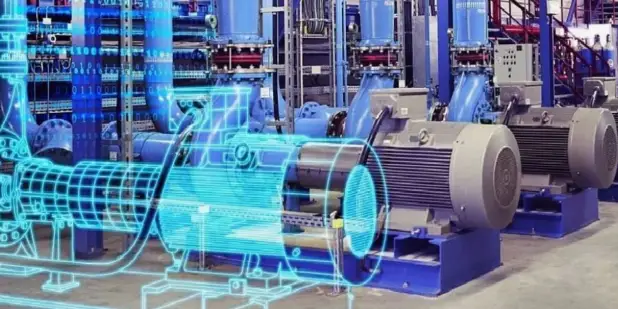What is an EAC Declaration?
An EAC conformity declaration (or EAC declaration) is a document issued for imported goods to enable their lawful introduction into the EAEU states.
There are various types of EAC declarations:
1. EAC conformity declaration according to the Technical Regulations of the Eurasian Economic Union / Customs Union (TR EAEU / TR CU).
2. EAC conformity declaration according to the Technical Regulations of the Russian Federation / Russian internal GOST approval (TR RF / GOST-R / GOST-TR).
3. EAC conformity declaration for products registered according to the national technical regulations of the EAEU states (GOST-R / GOST-K / GOST-B).
Which Products are Subject to Declaration?
The products subject to EAC certification or EAC declaration are approved according to the technical regulations of the EAEU states. The identification of individual products is based on customs tariff numbers. In addition, there are national certification requirements, which are defined at the national level in each EAEU state.
In general, the national regulations take into account the EAEU regulations, thus making regional approval unnecessary, or it is completed in conjunction with the EAEU regulations. The list of goods subject to declaration is established by Decision No. 620 of April 7, 2011.
The process includes the following steps:
1. Determination of TR CU requirements: the manufacturer or importer must identify the specific requirements and standards applicable to the product in question.
2. Conformity assessment: the manufacturer must conduct a conformity assessment to ensure that the product meets the TR CU/EAEU requirements.
3. Verification by a certification body: the declaration must be verified by a service provider to ensure that all requirements are met.
4. Preparation of the EAC declaration: after the conformity assessment has been successfully completed, a declaration will be prepared by the service provider.
5. Registration: after the declaration has been confirmed, the manufacturer must register the product in the database before it can be sold on the EAEU market.
It is important to note that the EAC declaration process may vary depending on the product category and specific technical requirements.
Manufacturers should therefore review the requirements for their product category to ensure that they have completed all necessary steps in the declaration process.
The declaration is carried out by the manufacturer, importer, or authorized person (also referred to as the contracting party) and is subsequently entered into the unified register of the EAEU states.
Various declaration schemes are applied for the processing of the declaration. In principle, a distinction is made between declaration for series production and declaration for single delivery.
How is the EAC Declaration carried out?
As of January 1, 2021, a new procedural order for the registration of EAC conformity declarations and the maintenance of a state register has come into force in accordance with the Decision of the Ministry of Economic Development No. 478 of July 31, 2020.
The document applies to all types of declarations mentioned in this article, thus establishing a uniform approach for the EAC conformity declaration of products.
As of August 1, 2021, manufacturers must be registered in the state register for the registration of an EAC conformity declaration. This register contains information about the commencement of certain types of business activities and the recording of notifications from authorities (Government Resolution No. 584 of July 16, 2009).
The registration and preparation of EAC declarations for foreign manufacturers (including application submission) is generally carried out by the EAC certification service provider.
What Documents do you need?
The following information is required for the EAC declaration:
1. Information about the applicant: name of the company and management, company headquarters and place of activity, tax identification number, as well as phone number and email address.
2. All locations of the product manufacturer, address of the production facility, indication of the GLN (Global Location Number).
3. Information about the product: name, designation, and labeling of the product, international GTIN (Global Trade Item Number), trademark, model, article, variety, and other identification information.
4. Name and designation of the documents and standards, organizational standards, and technical conditions under which the product was manufactured.
5. Name of the object to be declared: series production, batch, or individual item. The data of the accompanying documentation, the batch identification number, the size, and the designation of the unit of measure for the batch are provided.
6. International customs tariff number (HS Code).
7. Name and designation of the technical standards to which the product complies (e.g., CE certification or ISO certification).
8. Registration number of the customs declaration issued during customs clearance for imported products.
9. Additional information such as storage conditions and storage period.
10. Lifespan/resource of the product.
Additionally, the following are required:
1. Information confirming the state registration of the legal or natural person as an individual entrepreneur.
2. A contract with the manufacturer confirming the compliance of the supplied products to the EAEU according to the established safety requirements.
3. Documents confirming compliance with the established requirements: protocols and measurements indicating the date and name of the testing laboratory.
4. Date of declaration and name of the certification body that issued the declaration, as well as the entry number in the register.
5. Documents (contract with an accredited certification body or accredited testing laboratory) confirming the required quantity of imported product samples.
The applicant signs the declaration exclusively with their enhanced qualified electronic signature. It is no longer permitted to submit the application form in person at Rossakkreditatsiya or by mail.


